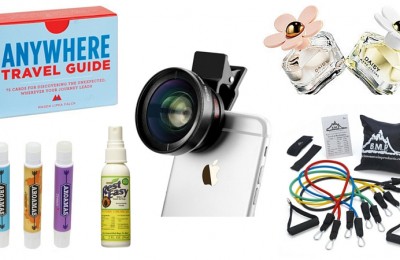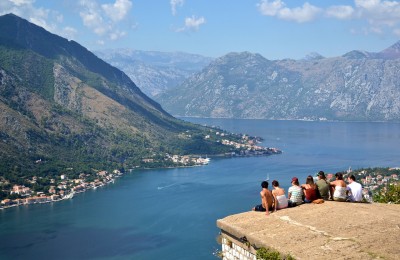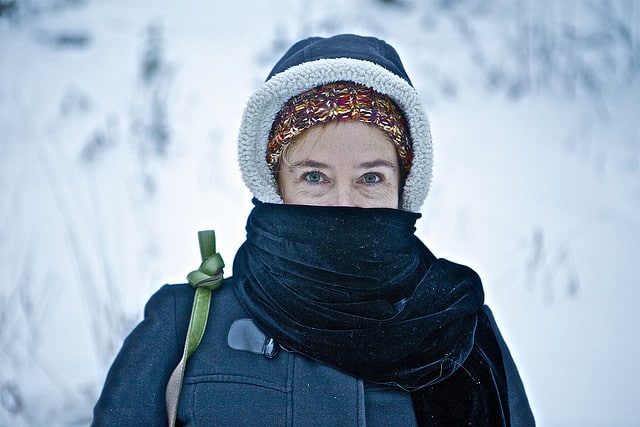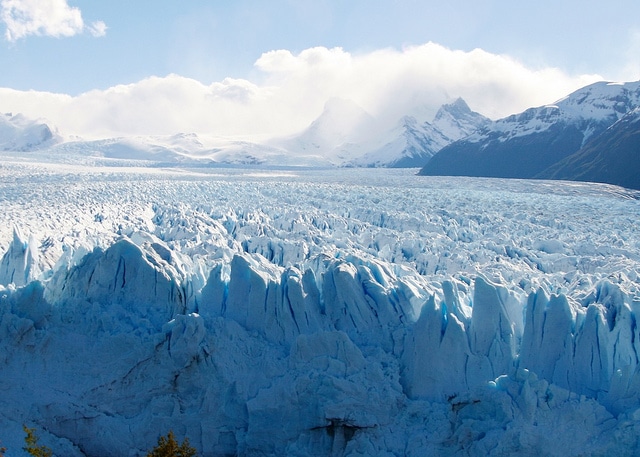While spring and summer months may seem more appealing, European winters offer their fair share of fun activities. The entire continent erupts in Christmas cheer, with cities decoratively lighting up their streets and buildings with twinkling lights and storefronts. The snowfall and mountains add another element altogether, providing tons of winter activities. You’ll need many more layers, but Europe in the winter will not disappoint. Here are a few things you cannot miss when choosing what to do in Europe in the winter.
1. Go skiing
If you’re a ski enthusiast, then you cannot pass up the opportunity to ski some of the most famous peaks in the world; if you’re a novice, then there won’t be a better time or place to pick up a new hobby! The Alps in Austria, Switzerland, Germany, France and Italy play host to some of the most famous ski destinations, but they will also be the most costly because you’re paying for quality and name. While in the planning phase, see if there are group rates or student packages for a skiing weekend.
If not, there are cheaper alternatives in eastern Europe. Some resorts and courses have gotten a bad reputation, but you can pretty safely judge a lodge by whether or not it regularly holds ski competitions. Do some research on the resort you are interested in; most places have quieter (and cheaper!) months of the season, like in the very beginning or end, which might be your best bet if you’re on a student budget.
2. See the Aurora Borealis
To view one of nature’s most magnificent shows, head north, preferably when it’s darkest and coldest. One of the complicated things about the Northern Lights is that they are completely unpredictable and very weather dependent. Iceland and Swedish Lapland have offered tons of travelers the opportunity to witness the magic of Aurora Borealis- though definitely not guaranteed. Best viewing is November through February, because those are the darkest months, and on moonless nights, far away from any city. There are even Aurora Borealis prediction pages to help visitors pick the most opportune night to “Aurora hunt.”
If you’re not able to catch a glimpse, these two countries offer other winter activities like snowmobiling, glacier hiking and whale watching.
3. Take a dip in some thermal baths
If winter’s got you feeling chilled to your bones, head to Budapest, Hungary and slip on your bathing suit at the Széchenyi Thermal Baths. Széchenyi is the largest medicinal bath in Europe with 15 indoor spas and three outdoor pools fed by two thermal hot springs. Budapest is known as the “City of Baths,” and Széchenyi will offer you the opportunity to completely relax – and approximately €17 gets you access to the baths for a full day! For further relaxation, you can get spa treatments and enjoy the complimentary saunas in the complex.
Budapest isn’t your only option though. Europe has tons of other hot spring baths and spas to relax in, including Blue Lagoon in Iceland and Therme Vals in Switzerland, which will cost a bit more than the baths in Hungary. But if you’re not a fan of the cold, thermal baths are one of your best bets for what to do in Europe in the winter.
4. Visit Europe’s Christmas markets
You will not be able to walk down a European street in December without feeling like you’ve stepped into a Christmas snow globe. Almost every city has at least one focal Christmas tree and most large cities have incredible Christmas markets — see our guide to some of the best Christmas markets in Europe.
Munich’s Christmas Market “Christkindlmarkt“ is one of the most famous and dates back to the 14th century. London’s markets run along the south bank of the Thames and try to replicate those in Germany. Bruges’ Christmas market is held in Market Square (Grote Markt). These markets sell everything from hand-made ornaments and trinkets, to the most delectable food and drink (cider and mulled wine– YUM) you’ll taste all season. These markets also provide a great opportunity to get Christmas presents for your family!
5. Enjoy the holiday fare
After a day spent skiing or traipsing through a Christmas market, you are going to want a hot beverage to warm you up. Many countries have their own take on a kind of mulled drink, whether it be glühwein in Germany or wassail in England. It’s also around the holidays when, arguably, the best food is served and the cuisine varies drastically depending on what city or country you’re in. In England, mince pies will be everywhere. In Copenhagen, feast upon ris à l’amande, a yummy rice pudding. While there are few Italian dishes that can claim to be the best, struffoli is popular in some Italian regions and now around the world.
Either way, you’re going to want to drink and eat up all of the delicious winter foods in Europe, because each city will offer something delectable and different.
6. Get involved in local traditions
All over Europe, cities and countries take their winter celebrations very seriously; you’ll be hard pressed to find an American city that is as festive as some in Europe. Each region has their own traditions that you should definitely experience when you’re living in Europe. An English pantomime is a comedy-like production based (sometimes very loosely) on a children’s fairytale. Many target young audiences, while the one I saw, a “Jack and the Beanstalk” interpretation at Southwark Playhouse, was definitely not for children but had my classmates and I falling out of our chairs.
In late November through early January, Bruges plays host to the annual Snow and Ice Sculpture Festival. Ice sculptors from all over the world flock to Belgium for this world-renowned festival in which giant ice sculptures are carved and put on display. You even have the opportunity to take a trip down the enormous ice slide and sip a cocktail from an ice glass. Don’t forget your hat and gloves because the temperature is regulated to be about 20 degrees Fahrenheit!
In Iceland, Reykjavík makes the best of their long winter days in the beginning of February by hosting the Winter Lights Festival. On display are many works of “light art” that illuminate the city and will cheer you up on the shortest and darkest days.
Winter in Europe can provide the opportunity to do some really cool activities (pun intended), so don’t forget your hats, gloves and scarves (and your bathing suit for the thermal spas!) because you’re going to be spending quite a bit of time outdoors this winter.
More tips for what to do in Europe in the winter:
10 European Cities to Visit During the Winter
7 Must-Have Items for Cold Weather Travel for Girls
7 Festive Christmas Markets To Visit While in Europe
10 Can’t-Miss Christmas Markets in Germany




















































